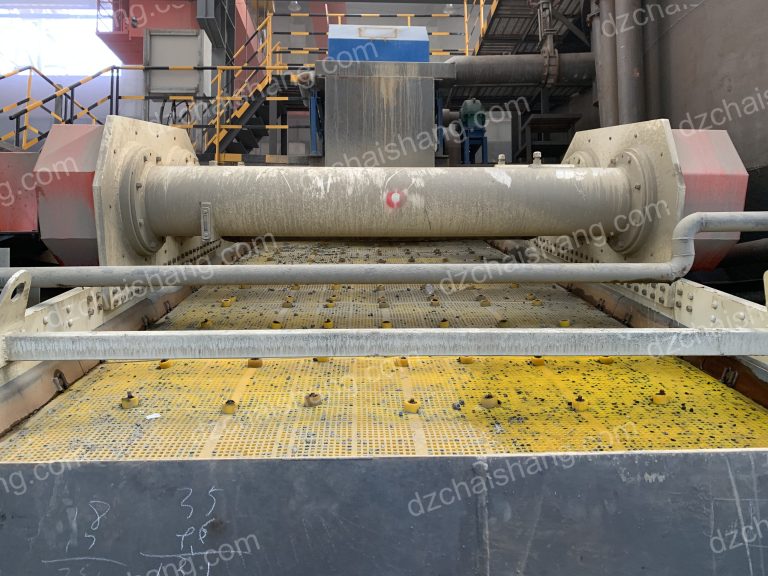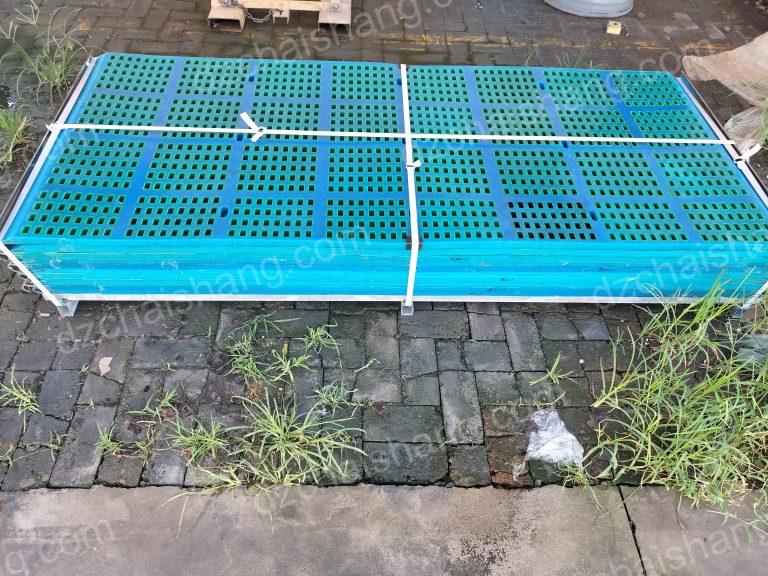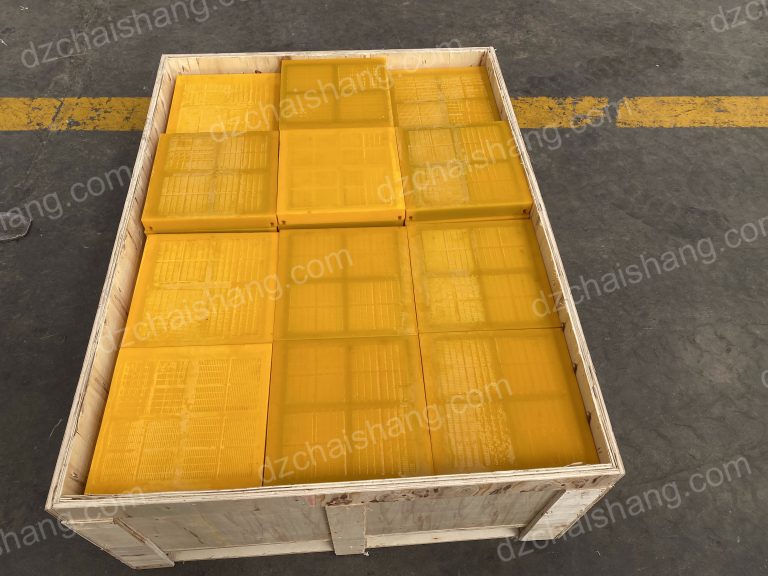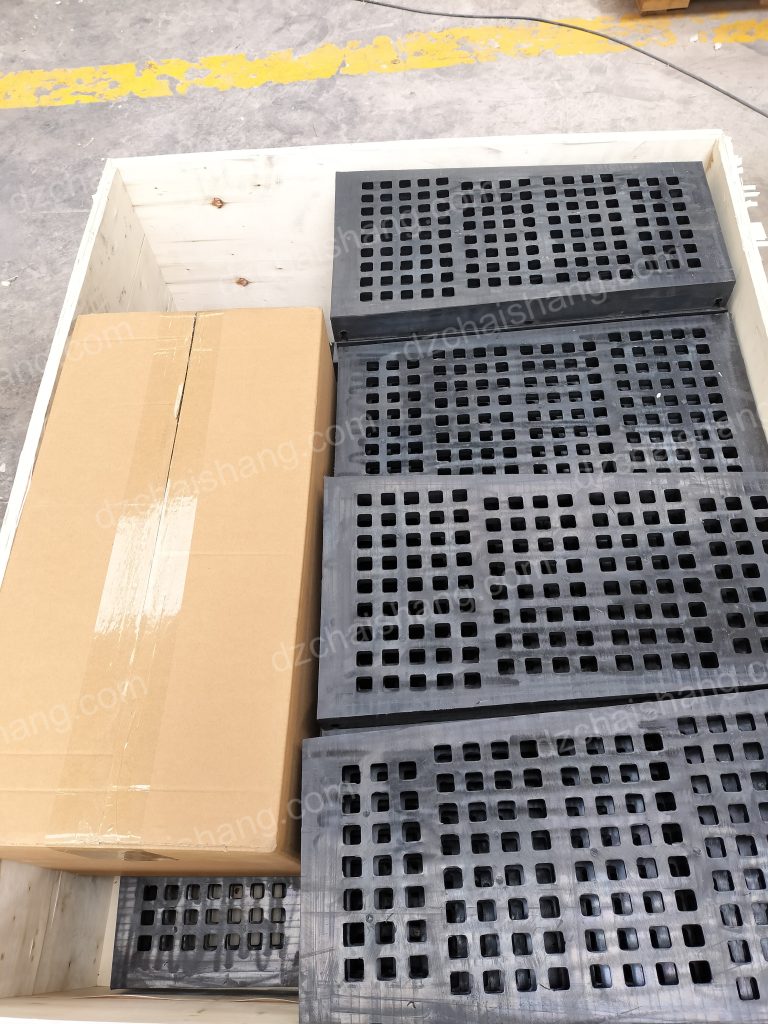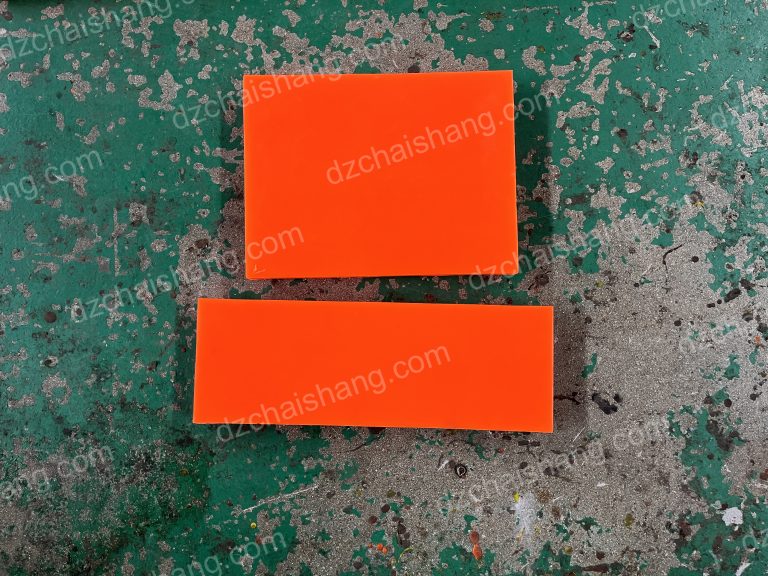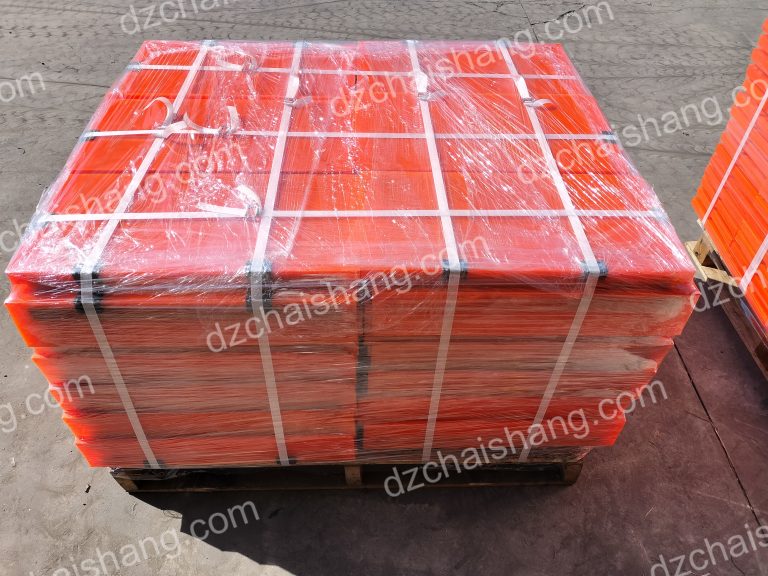Rubber screen plate production process flow
Introduction to rubber screen Plate Production Process Flow Rubber screen plates are widely used in various industries, including mining, construction, and agriculture….
Introduction to rubber screen Plate Production Process Flow
Rubber screen plates are widely used in various industries, including mining, construction, and agriculture. These plates are essential for separating materials of different sizes and ensuring efficient production processes. In this article, we will provide an overview of the rubber screen plate production process flow, highlighting the key steps involved.
The production of rubber screen plates begins with the selection of high-quality raw materials. Natural rubber or synthetic rubber is commonly used for this purpose. The chosen rubber is then mixed with various additives, such as vulcanizing agents and fillers, to enhance its properties and improve its durability.
Once the rubber compound is prepared, it is then processed through a series of steps to form the screen plate. The first step in this process is the shaping of the rubber compound into a flat sheet. This is typically done using a calendering machine, which applies pressure and heat to the rubber to achieve the desired thickness and shape.
After the rubber sheet is formed, it is then cut into the required size and shape for the screen plate. This is usually done using a die-cutting machine, which uses sharp blades to precisely cut the rubber sheet. The cut rubber pieces are then inspected for any defects or imperfections before proceeding to the next step.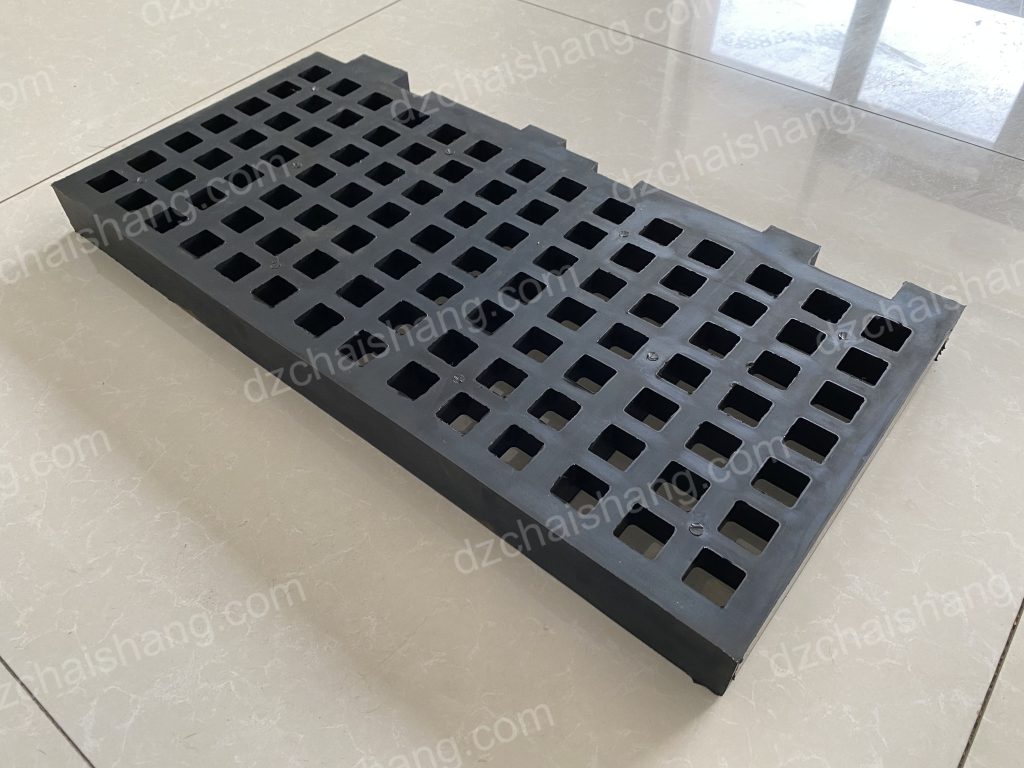
The next step in the production process is the bonding of the rubber pieces onto a metal frame. This is done using a specialized adhesive that ensures a strong and durable bond between the rubber and the frame. The rubber pieces are carefully positioned on the frame, and pressure is applied to ensure proper adhesion. This step requires precision and attention to detail to ensure that the rubber screen plate is properly aligned and securely attached to the frame.
Once the rubber pieces are bonded to the frame, the screen plate undergoes a curing process. This involves subjecting the plate to heat and pressure in a vulcanizing press. The heat and pressure help to activate the vulcanizing agents in the rubber compound, resulting in a strong and resilient screen plate. The curing process also helps to eliminate any remaining air bubbles or imperfections in the rubber.
After the curing process, the screen plate is trimmed and finished to remove any excess rubber and ensure a smooth and uniform surface. This is typically done using a trimming machine or by hand, depending on the size and complexity of the screen plate. The finished screen plate is then inspected for quality and undergoes rigorous testing to ensure that it meets the required specifications and standards.
In conclusion, the production of rubber screen plates involves several key steps, including the selection of high-quality raw materials, shaping and cutting of the rubber, bonding to a metal frame, curing, and finishing. Each step in the process is crucial to ensure the production of durable and efficient screen plates. By following a well-defined production process flow, manufacturers can produce high-quality rubber screen plates that meet the needs of various industries.


